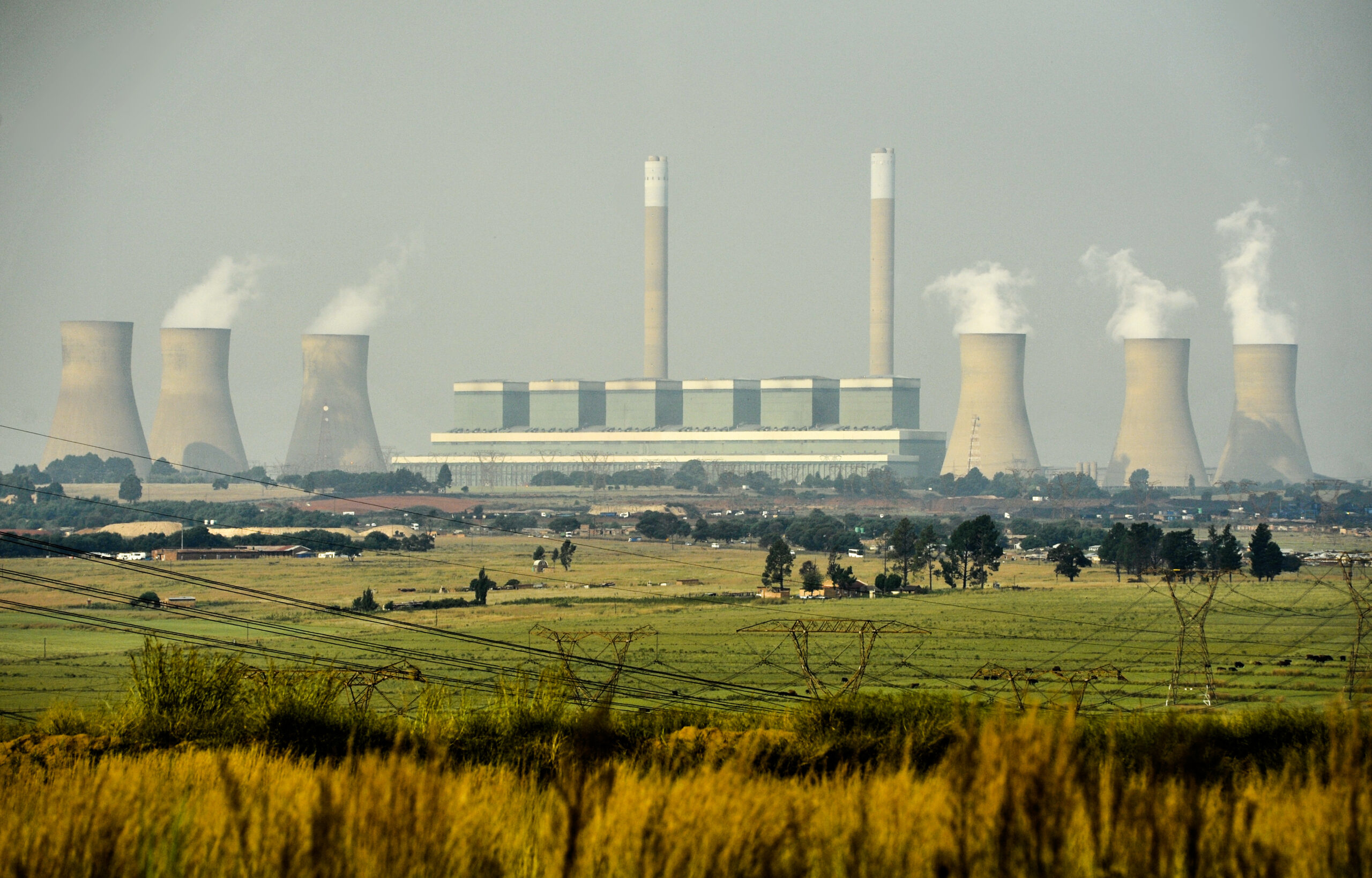The challenge ahead for Eskom’s move from generation to transmission
Amid the compounding power and extreme weather crises that have led to declarations of states of disaster, February’s Budget Speech delivered by Finance Minister Enoch Godongwana laid out plans to overhaul the failing power system. “Climate change poses considerable risks and constraints to sustainable economic growth in South Africa”, said Minister Godongwana. “Part of addressing the persistent electricity supply shortage must involve implementing a just transition to a low carbon economy”, he stressed.
As part of this transition, the Minister announced a debt relief of R254 billion for Eskom on the condition of a change in business model. A key implication of this is it brings “an end Eskom as we’ve known it”, says Mark Swilling from Stellenbosch University, writing in the Daily Maverick. “Eskom’s future will no longer be about generating electricity, it will be about transmission — buying electricity from public and private entities that generate electricity, and selling it to a range of buyers including municipalities who on-sell to others, as well as thousands of businesses and households.”
The utility must now sell off power stations that private companies will want to buy and turn around, and fix or close down those remaining. At the same time, it must massively invest in grid maintenance and expansion, along with buying and selling electricity at cost-reflective tariffs.
The challenge ahead
According to Eskom’s latest Transmission Development Plan, approximately 53 GW of new generation capacity is required by 2032. The majority of this new capacity will come from renewable energy sources such as wind and solar, including in areas with limited existing transmission infrastructure.
However, South Africa’s grid has been neglected for many years. Resultantly, there are large sections require rehabilitation in addition to major extensions needed to bring this new capacity online. Currently, the country is constructing approximately 400 km of transmission lines each year. But the build rate will need to increase steeply to 2,000 km annually to connect the required 5 GW of new renewable generation capacity per annum. “We have never achieved this before, and now we have a much more regulated environment compared to the 1970s and 1980s”, the last big build heyday, explains Swilling.
In terms of costs, short-term measures will require annual investments of around R150 billion. In the long-term, this will rise to R750 billion to connect the 5 GW per annum through to 2050.
Is the end of load-shedding in sight?
Roy Havemann from Stellenbosch University is sceptical as to whether the announcement will end the escalating load-shedding crisis. International experience shows this would require a reorganisation of South Africa’s electricity market to split Eskom into three separate units: generation, transmission and distribution, he explains. Transmission – a “natural monopoly” – would remain state-owned, while allowing “competitively-priced privately-funded generation at scale” and distribution left to a company as close to the end user as possible – usually the municipality,
However, with the announced conditions, which include the requirement that Eskom prioritise capital expenditure in transmission and distribution during the debt-relief period, the Minister has missed an opportunity to finally achieve this, Havemann warns.
Related Articles
The bad reason South Africa is making good on emissions targets
If current carbon emission trends continue, South Africa might actually be on track to meet its 2030 emissions targets under the Paris Agreement. This is according to research done by the Department of Forestry, Fisheries and the Environment (DFFE). And the reason for this? Mostly load shedding. The data was revealed in the DFFE’s 2023 […]
Eskom: Green energy saves water
Generating electricity from fossil fuels has a hidden cost: South Africa’s already scarce supply of fresh water.




